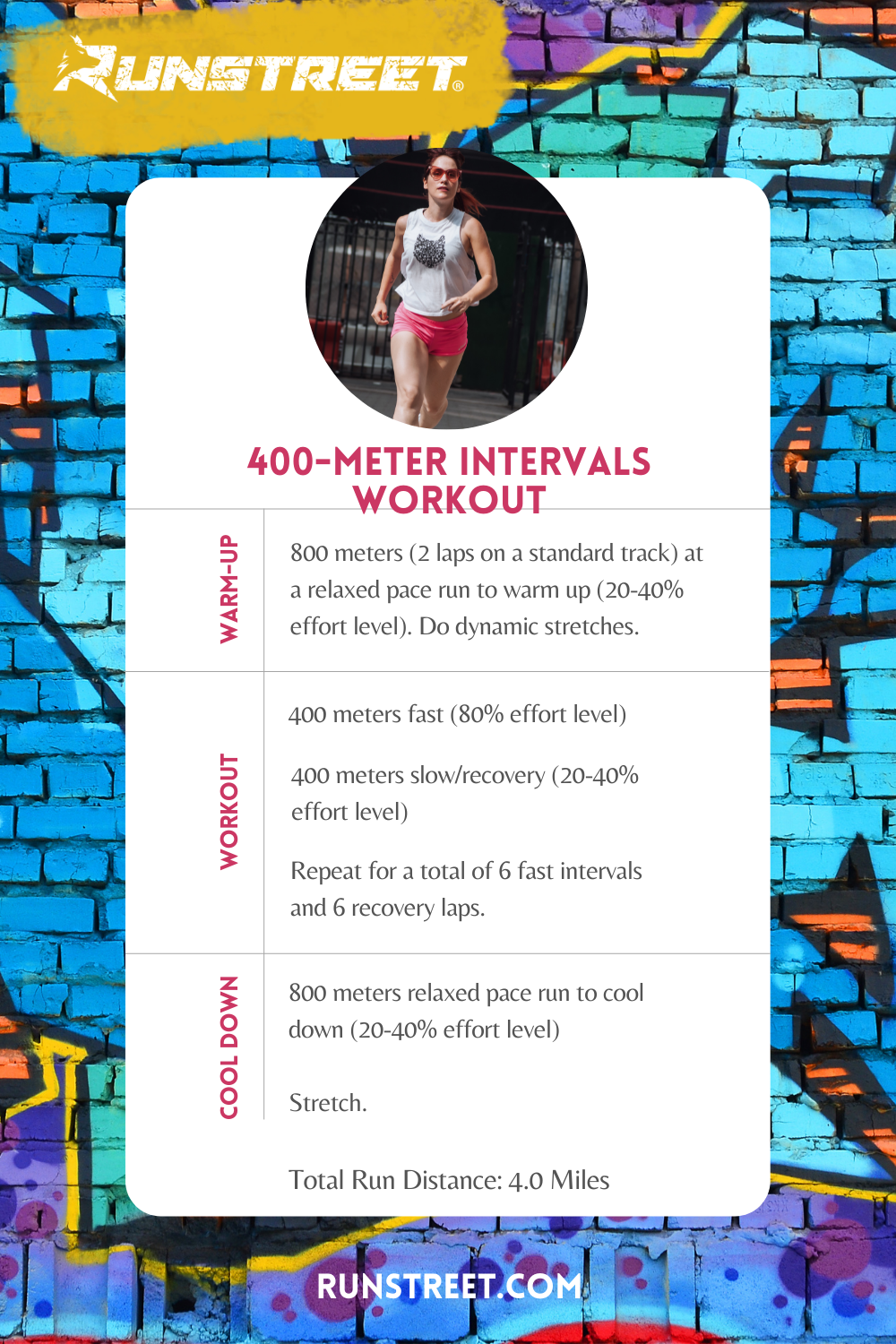Exactly How to stop and Take Care Of Discomfort in Operating: Expert Tips and Suggestions
As joggers, we often locate ourselves captured between the excitement of pushing our physical boundaries and the pain that can accompany it. The search of that jogger's high can often be prevented by the unwelcome buddy of pain. Whether you are a skilled marathoner or a novice hitting the sidewalk for the very first time, the bothersome presence of discomfort and discomfort is a common measure. However, there exist tried and tested methods and professional guidance that can help minimize and handle these discomforts, enabling you to focus on the pleasure of running itself.
Significance of Correct Footwear
Appropriate footwear plays a crucial function in avoiding and handling discomfort for joggers, as it dramatically influences their convenience, performance, and overall foot health and wellness. When it concerns running, wearing the right footwear can make all the distinction. Uncomfortable or improper footwear can cause a host of concerns such as blisters, shin splints, plantar fasciitis, and even a lot more extreme injuries like stress and anxiety fractures.
Selecting the right operating footwear involves considering variables such as foot kind, gait mechanics, running terrain, and personal choices. Joggers with high arches may call for even more cushioning and assistance, while those with flat feet might benefit from stability shoes. In addition, recognizing pronation (the inward rolling of the foot) and supination (the external rolling of the foot) can aid in choose footwear that offer the right degree of arch support.
Buying high quality operating footwear that are proper for your private requirements can assist protect against pain and discomfort while enhancing your running experience. Focusing on appropriate shoes is not almost performance however additionally about protecting your foot health and wellness over time.

Reliable Warm-up Methods
A dynamic warm-up regimen prior to a run assists enhance blood flow to the muscles, improves flexibility, and enhances the array of motion of the joints. Dynamic extends like leg swings, high knees, and hip circles are useful in preparing the body for the physical demands of running.
In enhancement to dynamic stretches, including some light cardio exercises such as running or skipping rope can further boost the heart rate and heat up the body. This combination of vibrant extending and light cardio helps loosen up tight muscular tissues, lubricate the joints, and psychologically prepares the jogger for the upcoming workout (running strategy). By making warm-ups a regular part of your running routine, you can dramatically decrease the threat of injuries and do at your best during each run
Secret Extending Exercises
When preparing for a run, including key stretching workouts is important to enhance muscular tissue versatility and stop injuries - Read More. Dynamic extends such as leg swings, high knees, and hip circles are valuable for heating up the muscular tissues and increasing series of activity prior to a run. These motions help enhance blood flow, loosen limited muscular tissues, and prepare the body for the activity in advance
Fixed stretches like calf bone stretches, hamstring stretches, and quadriceps stretches ought to adhere to a go to assist in muscular tissue recuperation and stop tightness. Holding each stretch for 15-30 secs permits the muscular tissues to kick back and extend, lowering the threat of post-run discomfort and prospective injuries.
Furthermore, including yoga exercise positions like descending canine, pigeon position, and back spins can target multiple muscle teams concurrently, advertising total flexibility and strength. Consistent stretching routines not just improve efficiency yet additionally aid in preserving excellent running kind and preventing overuse injuries. Remember, proper stretching methods are essential for a risk-free and delightful running experience.
Recuperation and Relax Techniques
After finishing a run, implementing reliable healing and rest strategies is essential for making the most of efficiency and decreasing the danger of injuries. Additionally, including rest days right into your training routine is vital to protect against overuse injuries and exhaustion.
Energetic recovery strategies such as mild extending, foam rolling, and yoga can assist enhance blood circulation, decrease muscular tissue discomfort, and boost adaptability. It is additionally valuable to focus on hydration and nourishment post-run to restore electrolytes, glycogen stores, and promote muscle mass healing.
Cross-training tasks like swimming or biking can provide a break from the repeated effect of running while still keeping cardiovascular physical fitness - running strategy. Paying attention to your body and identifying when it needs a break is essential to avoid persistent injuries and guaranteeing long-lasting running success. Keep in mind, remainder is not an indicator of weak point yet an important part of a well-rounded training regimen
Cross-Training Advantages

Furthermore, cross-training aids in preventing psychological fatigue by adding more info range to your exercise regimen, maintaining you motivated and engaged in your physical fitness trip. It permits you to deal with different facets of physical fitness that may not be targeted entirely through running, bring about a much more balanced and versatile athlete. In addition, cross-training can aid enhance running efficiency by resolving muscular inequalities and weak points that might hinder efficiency. Generally, integrating cross-training right into your regimen can bring about enhanced endurance, speed, and overall sports efficiency while decreasing the chance of injury.
Conclusion
Finally, correct footwear, warm-up strategies, extending exercises, healing strategies, and cross-training are essential elements in protecting against and managing pain in running. By integrating these practices into your routine, you can decrease the threat of injury and discomfort while maximizing efficiency and pleasure of the sport. Read More. Keep in mind to pay attention to your body, prioritize remainder and recovery, and look for professional assistance when required to ensure a risk-free and reliable running experience